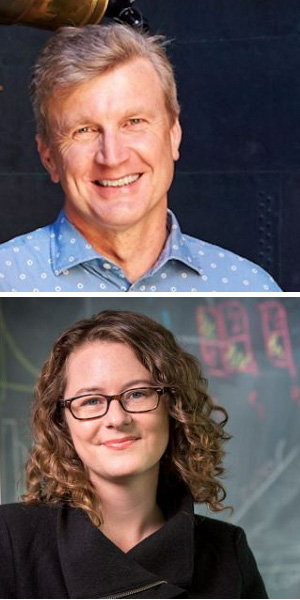
The Academy has announced the recipients of its 2017 awards, including 17 honorific awards across microbiology, applied mathematics, earth science, materials engineering, astronomy, chemistry, evolutionary biology, fluid dynamics and more.
Professor Barry Ninham AO FAA of the Australian National University has been awarded the Academy’s most prestigious award for physical sciences, the Matthew Flinders Medal. He is recognised for his work in the self-assembly of biological molecules and in the theory of molecular forces—which most recently led to a cheaper and more efficient method of water purification that has the potential to increase living standards for millions of people and save thousands of lives.
Others recognised also include Professor Joss Bland-Hawthorn FAA, awarded the Thomas Ranken Lyle Medal for his work including the establishment of the fields of galactic archaeology and astrophotonics; Dr Joanne Whittaker, recipient of the Dorothy Hill Award for her work in understanding how the seafloor and ocean basins are formed and evolve through the movements of tectonic plates and the earth’s mantle; and Associate Professor Kathryn Holt, named the Gottschalk Medallist for her work on the evolution of pathogens which has led to better understanding of disease transmission, control, and responses to antibiotics and vaccine-induced immunity.
Many of the awards will be formally presented in May at the Academy’s annual event, Science at the Shine Dome.
In addition to its honorific awards, the Academy has also announced a number of research, travel and conference awards, generously funded with the support of donors. In 2017 these will, among other things, enable scientists to carry out new research to help the survival of some of Australia’s endangered species, give public lectures on subjects such as using ultrafast laser-based terahertz spectroscopy to detect defects in space shuttle insulating foam, and organise cutting edge research run conferences on subjects such as on the sensitivity of the Antarctic ice sheet to marine climate change.
© 2025 Australian Academy of Science